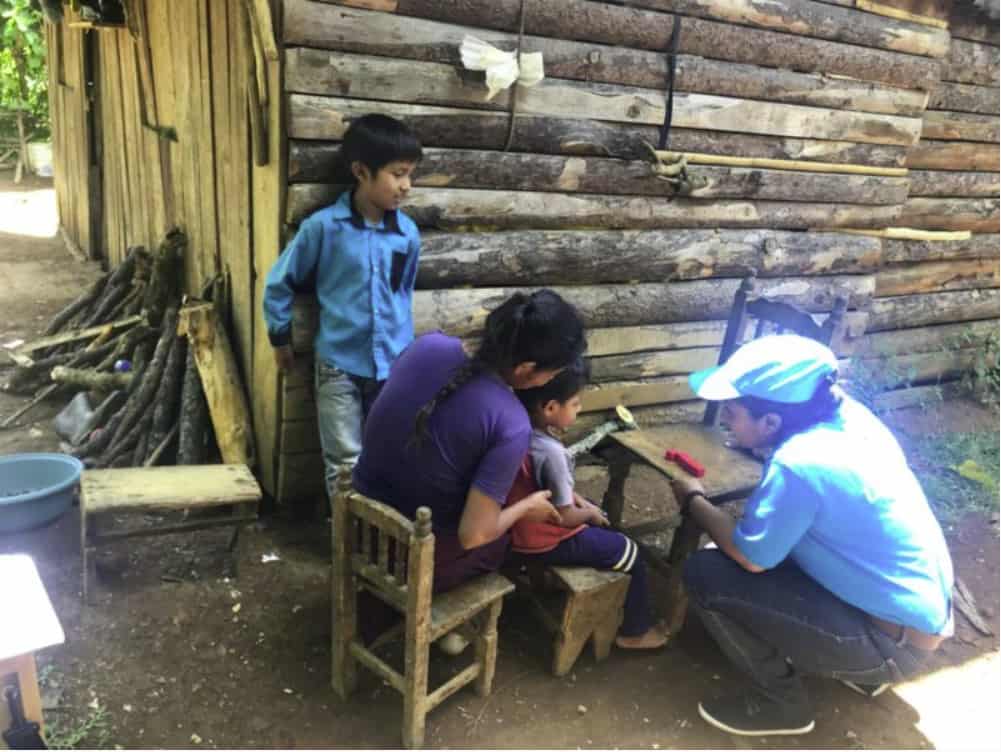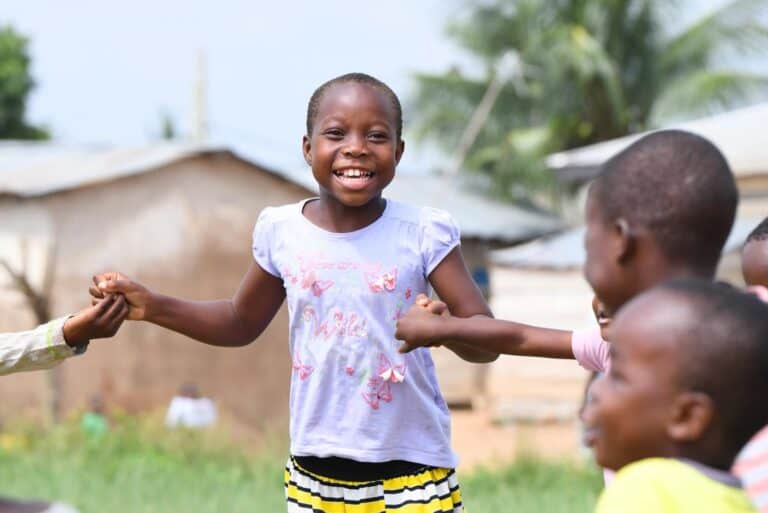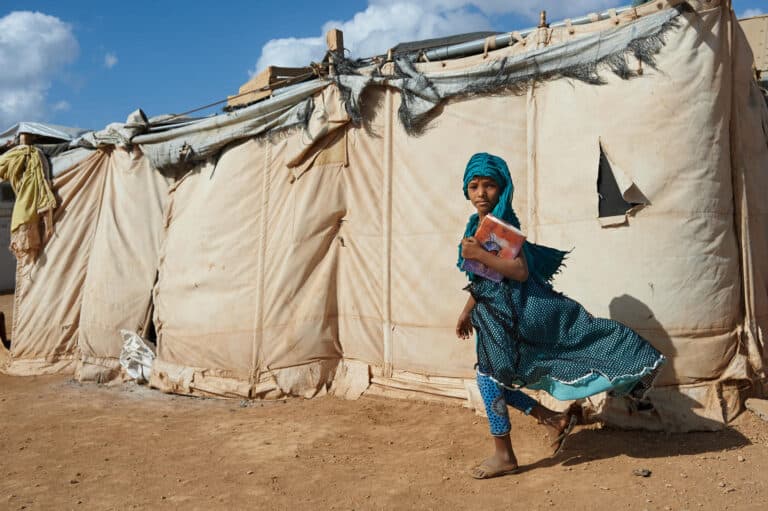An interviewer from the National Institute of Public Health in Mexico asks the mother of 4-year-old Tonatiuh if he can jump up and land with both feet on the ground. Then the mother is asked if Tonatiuh can count to ten, build a tower of three blocks that stands on its own, write his own name and if he gets along well with other children.
Is Tonatiuh developmentally “on track” if he can accomplish all of these tasks? What if he is not used to building block towers but can stack firewood perfectly? Or (like most of our children), he mostly gets along well with other children but sometimes fights or argues over a toy or when he does not get his way?
Questions such as these reveal how difficult it is to develop a measure of early childhood development (ECD) that will give us the same picture in every country. Researchers recognize that children are exposed to environmental and parenting differences due to cultural, social and linguistic influences. This means that it is very challenging to design a global ECD measurement tool that will be relevant to different country contexts, yet produce internationally comparable data to respond to the monitoring requirements of the Sustainable Development Goals (SDGs).
The importance of early childhood development in the SDG era
We in UNICEF are working closely with national and international partners on defining what “on track” means, with advice and guidance also from several ECD experts. The methodology must be universal. In technical terms, this means that the constructs being captured are relevant in every country and understood in a similar way across cultures. This also means we have to subject the tools to a careful process of testing and validation, so that they can be used to collect valid and reliable data everywhere.
If it’s so difficult, why do we bother? Why not be satisfied with simpler measures? Because child development is multidimensional and sets the stage for life-long thriving. The international community has recognized the importance of early childhood development as a necessary and central component of global and national development by agreeing on an indicator for the SDGs, indicator 4.2.1, which measures the “proportion of children under 5 years of age who are developmentally on track in health, learning and psychosocial well-being, by sex”.
Building an improved measure
Currently, this SDG indicator 4.2.1 is classified as tier III, meaning that no globally-agreed upon methodologies or standards exist for collecting the data. As “custodian agency”, UNICEF was asked to lead the work to develop a universal methodology to measure this indicator, building upon the existing early childhood development index (ECDI). Starting from 2009, this ECDI has been included in the UNICEF-supported Multiple Indicator Cluster Surveys (MICS) as a measure of the overall developmental status of children within the domains of literacy-numeracy, physical and social-emotional development, and learning. With the inclusion of the ECDI, MICS has become the largest source of comparable data on developmental outcomes for children, producing estimates for more than 60 mostly low- and middle-income countries.
Until now, the ECDI did not include items for measuring health, nor did it include items relevant for the full age range of 0-4-years-old. We undertook a thorough review of available tools in 2015, and identified an initial set of items that measure child development among 2-4-year-olds in the three domains included in the SDG indicator: health, learning and psychosocial well-being. We carried out cognitive testing of these items in six countries (Bulgaria, India, Jamaica, Mexico, Uganda, and the USA) in 2016 and 2017 to understand how mothers interpret the questions and formulate their responses. Field testing of the items is currently underway in the Estado de Puebla, in Mexico.
How is the field-testing going?
Puebla is the fifth most populated state in Mexico (with around 6 million habitants). According to multidimensional poverty measures, in 2016 slightly more than half of the population (59.4%) was considered to be poor with 9.0% in extreme poverty. Náhuatl, Totonaca and Popoloca are the main indigenous groups, around 17% of the state population considers themselves as indigenous and around 11% speaks an indigenous language. According to Filipa de Castro, Professor-Researcher in Medical Sciences in the Center for Population Health Research at the National Institute of Public Health in Mexico, initial challenges posed during field testing with indigenous families included designing an appropriate sample to obtain information from a sufficient number of indigenous children, identifying qualified translators in the communities, and working with interviewers on how to interact with both translators, parents and children. These issues, among others that came about as result of the field test, will be discussed at a consultation on this ECD methodological work we will be hosting in November.
What next?
In early 2019, additional testing will be in done in the State of Palestine. The final tool, along with guidance on its implementation, is expected to be ready for data collection in mid-2019 and will be a public good freely accessible to all countries. The new measure will not require a dedicated survey effort but can be integrated into existing efforts, including national household surveys like the UNICEF-supported Multiple Indicator Cluster Surveys (MICS).
This new measurement tool will do more than provide the data necessary for reporting on SDG 4. It will also gather information that will enable parents of children like Tonatiuh, communities and Governments across the world to do their best to provide children what they need to be prepared for a healthy start in life.
More information on the new early childhood development measure can be obtained by contacting: Claudia Cappa, Senior Adviser, Data and Analytics Section, UNICEF headquarters. Access the current version of the ECDI here



